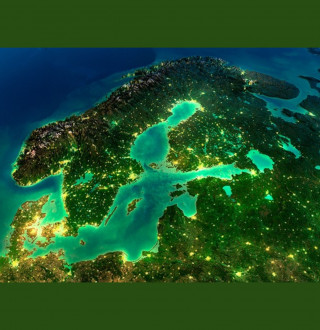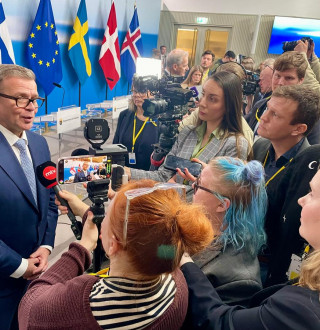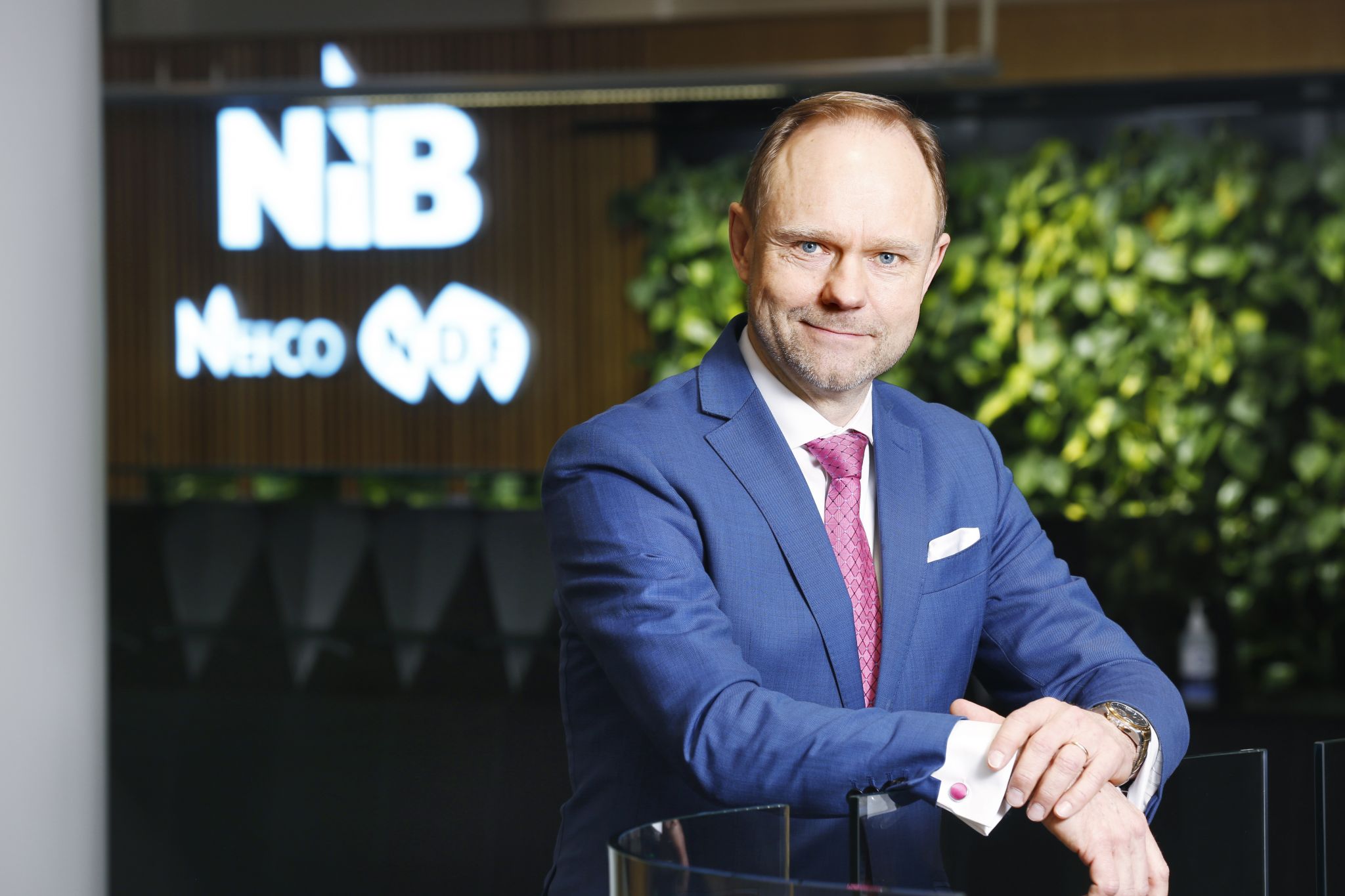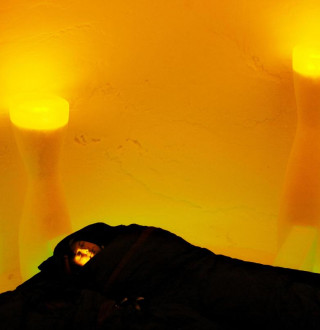On January 1, 2005, Estonia, Latvia and Lithuania became full members of the Nordic Investment Bank (NIB) on an equal footing with its original members – Denmark, Finland, Iceland, Norway and Sweden. This milestone marked a significant step in Nordic-Baltic cooperation and formed a foundation for extensive development projects in Latvia.
The idea of the Baltic countries potentially joining NIB was born in the late 1980s, with the first investment projects identified in the Baltic countries. Despite being seen as the most advanced republics of the Soviet Union at that time, the Baltics were facing serious environmental problems, because of polluting industries and inadequate and inefficient infrastructure in important areas such as residential heating. In the period of great uncertainty there was a strong public support to take the Nordic model as a benchmark for the future course.
The Nordics facilitated the partnership process, seeing the development of the newly independent countries as beneficial for the entire region. In 1992, NIB joined the Baltic Investment Programme (BIP) established by a joint Nordic-Baltic declaration. The programme was set-up to provide technical assistance to the management of newly created Estonian, Latvian and Lithuanian investment banks, resident advisors in the credit departments and hands-on training of staff. It was also intended to support the creation of privately owned businesses to replace the state-owned enterprises that were no longer functioning, and to re-establish the trade and economic relations between the Nordic and Baltic countries.
In June 2003, Nordic prime ministers invited the Baltics to join NIB. The countries swiftly completed the legal processes, becoming members by 2005. Since then, the Baltics have transformed into modern democratic societies and their GDP per capita has tripled. Joining the western markets and communities also came with a surge in foreign direct investment, which has led to a notable increase of living standards. Although NIB membership wasn’t primarily about financial benefits, its support proved invaluable during tough times. In the global financial crisis of 2009, the financing by the NIB proved to be crucial. Similarly, during the COVID-19 pandemic, the Bank extended rapid response loans to the Baltic countries totalling EUR 1.65 billion, with EUR 500 million to Latvia.
Over 20 years, NIB has financed more than 120 projects in Latvia in the amount of approximately EUR 1.5 billion. In 2023, NIB established an official base in Riga, signalling the intention of the Nordic partners to strengthen ties with Baltic stakeholders. In recent years, NIB has financed infrastructure, energy and transport projects in Latvia, mainly supporting companies in the public sector.
Asked to comment on the future direction of NIB, André Küüsvek, President and CEO of the Nordic Investment Bank, highlights the need to cement regional resilience and security, noting that the environment and productivity still remains at the core of NIB’s mission, prioritising green transition projects. A recent example is a EUR 230 million loan to Latvenergo to develop solar farms with a combined capacity of over 300 MW and refurbish hydropower plants on the Daugava River. Investments will also modernize Latvia’s electricity distribution network, replacing overhead lines with underground ones to improve energy efficiency and reliability. Other latest financed projects in Latvia are Rigas Siltums’, development of Preses Nama kvartāls and the Ķekava bypass road project.
About NIB
NIB is an international financial institution established in 1975 and owned by eight Nordic-Baltic countries: Denmark, Estonia, Finland, Iceland, Latvia, Lithuania, Norway and Sweden. With the intention to improve productivity and benefit the environment of the Nordic and Baltic countries. It holds a top-tier triple-A credit rating from Standard & Poor’s and Moody’s and finances public and private projects within and beyond member nations.
Photo: www.nib.int











